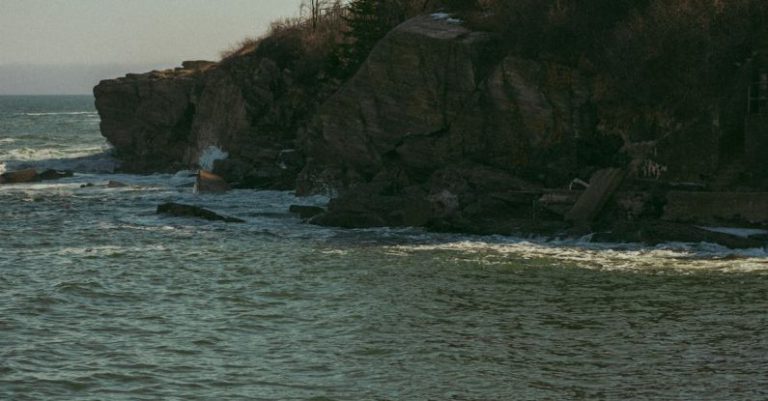
Solo hiking can be a rewarding and exhilarating experience, allowing you to connect with nature on a deeper level and enjoy the tranquility of the great outdoors. However, venturing out alone also comes with its own set of risks and challenges. To ensure a safe and enjoyable solo hiking trip, it is essential to be well-prepared and equipped with the necessary knowledge and skills. By following some simple guidelines and safety tips, you can minimize the risks and make the most of your solo hiking adventures.
Plan Your Route Carefully
Before embarking on a solo hiking trip, take the time to thoroughly research and plan your route. Choose a trail that matches your skill level and experience, and consider factors such as distance, terrain, and weather conditions. Make sure to inform someone trustworthy about your planned route and expected return time. This way, in case of an emergency, someone will know where to look for you.
Pack the Essentials
Packing the right gear and supplies is crucial for a safe solo hiking experience. Make sure to bring essentials such as a map, compass, first aid kit, extra food and water, a flashlight, a multi-tool, and a fully charged cell phone. It’s also a good idea to carry a whistle and a signaling mirror for emergencies. Dress appropriately for the weather and wear sturdy footwear to prevent injuries.
Stay Hydrated and Energized
Staying hydrated and properly fueled is essential for maintaining your energy levels and preventing dehydration while hiking. Make sure to drink plenty of water throughout your hike and snack on high-energy foods such as nuts, dried fruits, and energy bars. Avoid consuming too much caffeine or alcohol, as they can dehydrate your body and impair your judgment.
Be Aware of Your Surroundings
When hiking solo, it’s important to stay alert and aware of your surroundings at all times. Keep an eye out for any signs of wildlife or potential hazards on the trail. Trust your instincts and avoid taking unnecessary risks. If you encounter wildlife, give them plenty of space and do not approach them. Be mindful of your surroundings and listen to your intuition if something feels off.
Emergency Preparedness
Despite careful planning and preparation, emergencies can still happen while hiking solo. It’s important to be prepared for unexpected situations and know how to respond in case of an emergency. Familiarize yourself with basic first aid techniques and know how to signal for help if needed. In case of an injury or getting lost, stay calm, assess the situation, and take appropriate action to ensure your safety.
Stay Connected
While solo hiking is all about disconnecting from the hustle and bustle of everyday life, it’s important to stay connected to the outside world in case of emergencies. Make sure to have a fully charged cell phone with you and consider investing in a satellite communication device for remote areas with no cell service. Check in with a trusted friend or family member at regular intervals to let them know you are safe.
Conclusion: Embrace the Solitude
Solo hiking can be a deeply rewarding and empowering experience for outdoor enthusiasts. By following these safety tips and guidelines, you can enjoy the solitude and beauty of nature while staying safe and prepared for any challenges that may arise. Remember to plan ahead, pack the essentials, stay hydrated, be aware of your surroundings, and be prepared for emergencies. Embrace the solitude and enjoy the journey as you explore the wonders of the great outdoors on your own terms.





